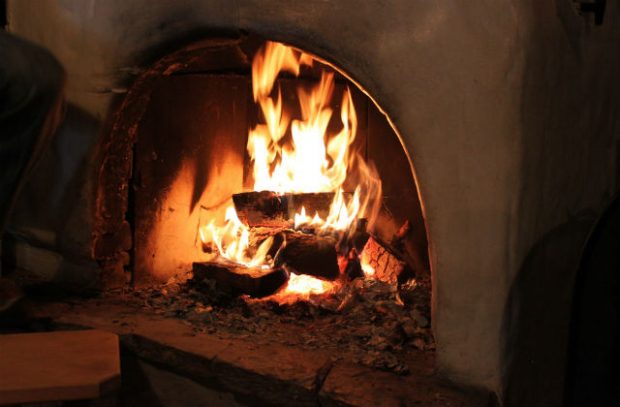Wood burning stoves

This weekend there was national media coverage in the Mirror, Telegraph and Sun regarding the rising use of wood burning stoves in homes and the dangers they pose to human health.
Coverage follows an article by Dr Garry Fuller, Senior Lecturer in Air Quality Measurement at Kings' College in the Mail on Sunday, reporting that wood burning stoves emit six times more pollution that a diesel truck and may also be detrimental to the health of neighbouring residents.
Delivering a commitment in the government’s Clean Air Strategy, we plan to ensure that, in future, only the cleanest fuels are available for sale and ensure only the cleanest stoves are available for sale by 2022.
Environment Minister Thérèse Coffey said:
Everyone has a role to play in improving the air we breathe, and reducing pollution from burning at home is a key area where we can all take action.
While we will never be able to eliminate all particulate matter, by switching to cleaner fuels, householders can reduce the amount of harmful pollution to which they unwittingly expose themselves, their families and the environment, while still enjoying the warmth and pleasure of a fire.
A simple way to identify clean, quality wood fuel is to look for the Defra supported ‘Ready to Burn’ logo on fuels. Consumers can also take action by buying the most efficient stove and regularly servicing their appliance. The Burnright website has lots of helpful tips on how to minimise the impact of burning on air quality, as can your local chimney sweep during their regular visit. Householders can also swap their supply of traditional house coal to a cleaner alternative.